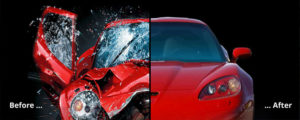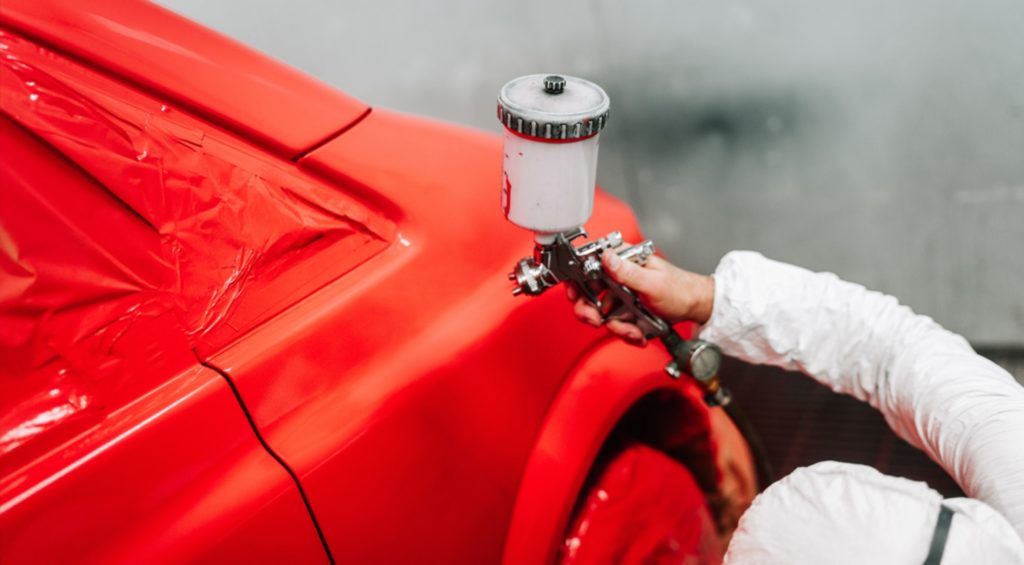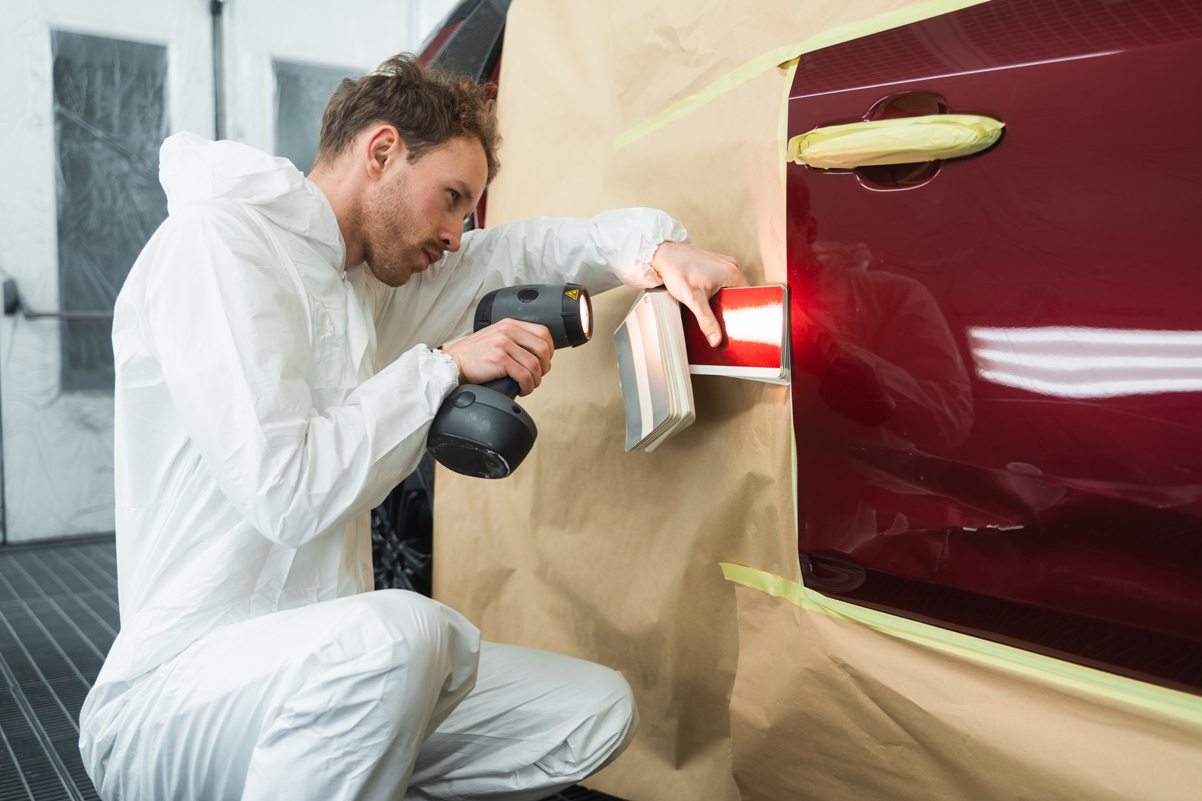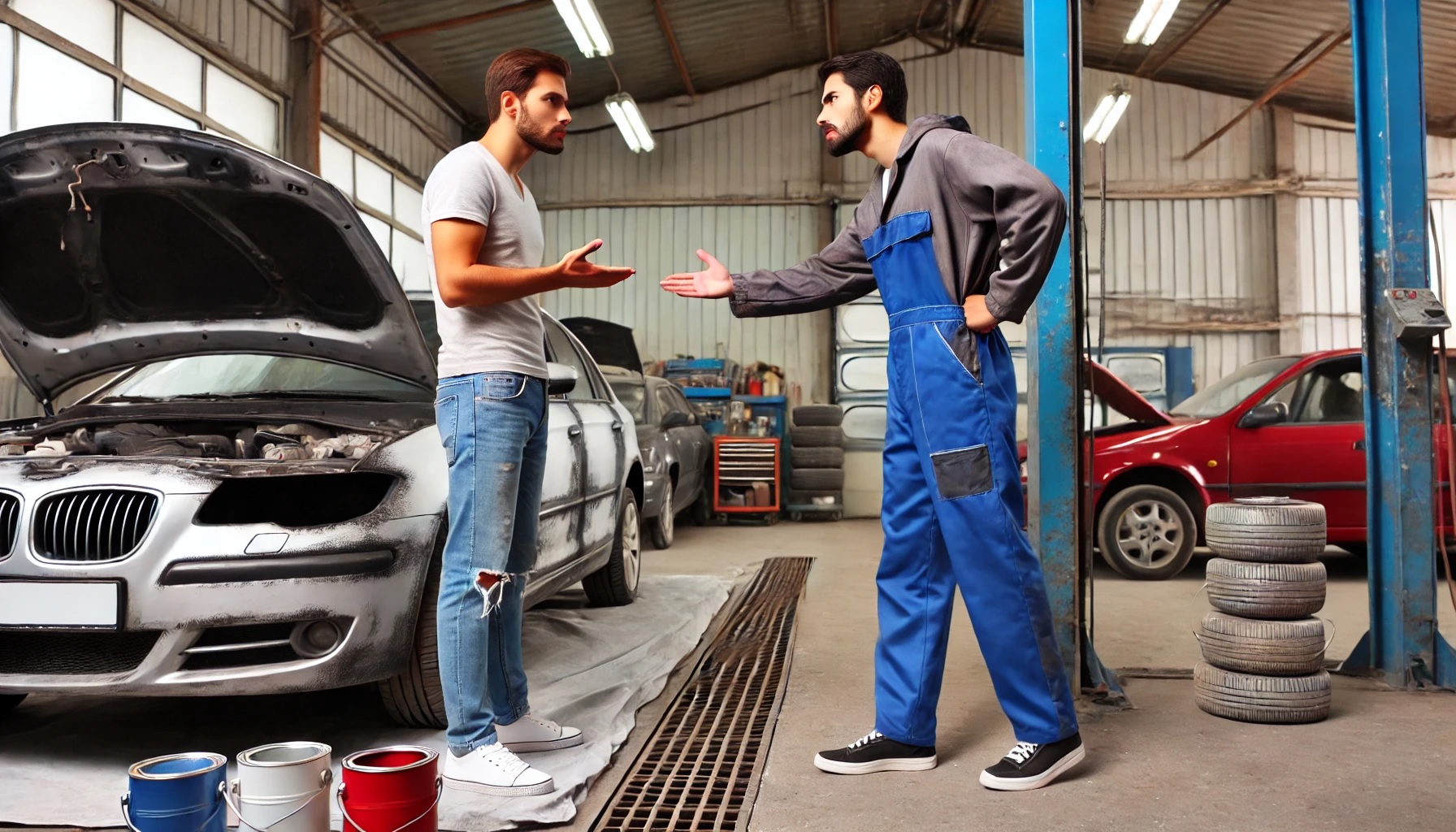In our industry we are really not spoiled by quality literature on the collision repair and its problems. I was pleasantly surprised when I stumbled upon on a book called “The secrets of America’s greatest body shops” written by Dave Luehr and Stacey Phillips. Dave Luehr is an expert and consultant, founder of Elite Body Shop Solutions LLC in the USA, and his experience served as the foundation of this book.
Below I would like to present you some main ideas I really liked in the book. This article is in no way a digest of the book, so I strongly recommend you to buy it on Amazon or any other platform and read it yourself. Since, I am a paint related materials supplier, I have probably paid attention to the different aspects described in the book than a body shop owner would do.
Despite the fact that the book is mainly about the American collision repair industry, I can relate to every single aspect of it as a European company. All the challenges, problems and solutions Dave has referred to, can be easily applied to any part of the world. I have traveled to all the continents and I can tell with great degree of certainty that the main challenges, like, for example, shortage of skilled employees, is valid to any market.

Below you can find some of the issues discussed in the book with small comments of mine.
- Body shop owners and managers always think that their problems and challenges are unique, rare and special. In fact, they are very similar across the globe.
- Everyone wants to get together and complain about the insurance companies. This is our industry’s main hobby. While definitely, insurance companies often have their issues, but they are businesses and do care about their own profits first. We need to find ways to act as one body, when negotiating with the insurers. Otherwise, our bargaining power, if we act independently, will be not strong enough.
- Dave highlights some of the common problems among the body shop owners, and these are old beliefs, challenges related to the family-operated businesses, absence of standards, ability to hold people accountable, tracing and interpreting KPIs among others.
- It is clearly stated that without setting solid targets and monitoring KPIs like sales, gross profit, work in progress, cycle times etc., no business owner will be ever able to drive the company efficiently.
- I really loved how Dave addressed the marketing of the body shops and how to get customers to the shop’s door. Collision repair business is in what is called “on-demand” service. Customers don’t really want our services. They actually hate to have an accident and being in need of a repair. Unfortunately, a lot of body shops advertise their services as if it was impulse buying process. Impulse buying is a purchase without an immediate need and plan for it. If you are selling restoration work or complete paint jobs, that requires a different type of marketing than a collision repair work.
- Putting all your marketing efforts only on social media is not wise. As Dave said “I have never met a collision shop owner who has build his fortune on Facebook likes”.
- Another great point is that building a business entirely dependent on insurance direct repairs is a mistake. A good balance between DRP and shop’s own loyal customers is ideal.
- Loyal customers are the finest sales force you have. The best form of advertising has always been and always will be, word of mouth. The challenge is how to achieve it and keep in touch with the customers.
- Marketing for “on-demand” products and services should be built on trust. Only satisfied customer will recommend a body shop to others. However, even in this case there is a big challenge to stay in the customer’s memory.
- What stroke me the most is some research data conducted by Phoenix Solution Group (PSG). According to PSG, the lifetime average sales potential of a customer in the USA is 122.000 USD. This includes sales derived from the customer, but more so the value derived from the referrals the customer generates through the word of mouth. Now that is a lot of money. Keeping that in mind, wouldn’t you treat your customers differently?

- Another PSG study indicates that less than one in ten customers surveyed (only 1,49%) can even remember the name of the independent body shop that repaired their car after just 12 months! Almost nobody could recall (and refer as a consequence) where the repair was done. The car dealership body shops had a clear advantage here. It is easier to remember the car brand, like Toyota or VW dealership, isn’t it? The few people who did remember the shop’s name, often had a negative experience that connected them emotionally. So, if you perform the repair poorly, there is much higher chance that the customer would remember your name, and, hence would rather say bad words about your business, discouraging potential customers.
- There is huge opportunity for the body shops to increase the customers inflow. About 87,23% of the respondents knew someone who was in accident. If they would have remembered a body shop in a positive way, they would recommend it without a doubt.
- Dave discusses on one of the book’s chapters how to stay in contact with the customer for the future. The most relevant advice is to create a positive and memorable experience and to stay in contact with the customer during the months and years that follow. It could be a monthly newsletter with helpful car care tips, direct mail with personal note, contacts through social networks, you name it. From my side, I would add that delivering the customer’s vehicle clean and with pleasant smell, would be a great help to end the customers otherwise negative experience with accident on a positive wave.
- According to the author, a great body shop must have guts to remind the customers through personal contact that they have a lifetime warranty and that the body shop is serious about taking care of any problems they might have with the repairs.
- Another great way to create positive buzz and good word of mouth is to give back to the community. Dave brings up an example of Tracy’s Collision Centers in Lincoln, Nebraska, which every year before Christmas rebuild a car and gives it to someone in need in their local area. I believe that this is a brilliant idea.
- One more interesting topic Dave is bringing up is the bad use of the expensive equipment, which collects dust in many body shops. This equipment, which was either acquired to qualify for OEM certifications or given as a freebee from paint suppliers, serve as benches or hangers for the shop’s employees. A few years ago, I also addressed this problem in the article “The 3 most neglected tools in a bodyshop”.
 There are many topics discussed on the pages of “The secrets of America’s greatest body shops”, like leadership problems, consolidations, future of automobile technology, self-driving cars and technicians’ shortage. This book is very easy to read, and it is a must for everyone who is involved in what we call the collision repair industry. Find some time and read the book. It will be really worth your time.
There are many topics discussed on the pages of “The secrets of America’s greatest body shops”, like leadership problems, consolidations, future of automobile technology, self-driving cars and technicians’ shortage. This book is very easy to read, and it is a must for everyone who is involved in what we call the collision repair industry. Find some time and read the book. It will be really worth your time.




